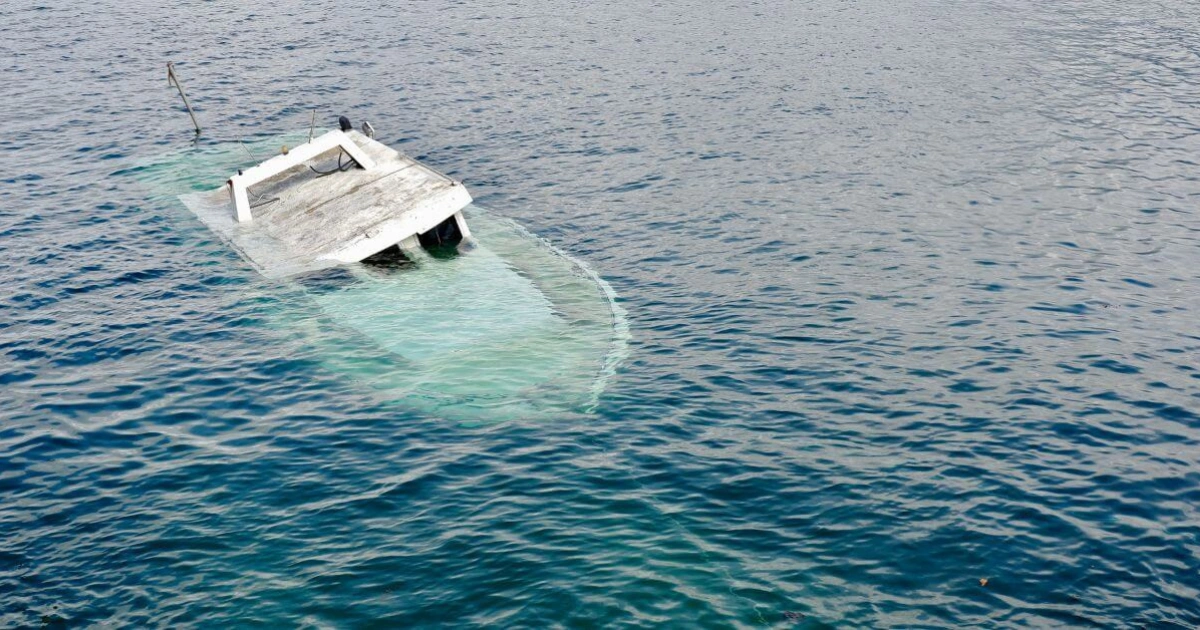In an unexpected turn of events, a luxurious $8 Million Yacht Capsizes Near Annapolis, Maryland, near the iconic Chesapeake Bay. Known for its serene sailing waters and vibrant yachting culture, Annapolis rarely witnesses such high-profile maritime incidents. This shocking occurrence sent shockwaves through the boating community and raised serious questions about maritime safety—even among elite vessels boasting state-of-the-art technology.
In this post, we’ll walk you through the timeline, suspected causes, technical details of the vessel, local impacts, and the broader implications for luxury yacht safety. Whether you’re a yacht enthusiast, a boat owner, or just someone intrigued by nautical disasters, this story highlights that even calm waters can conceal risk.
What Happened Near Annapolis?
The incident unfolded just off the coast of Annapolis—a city dubbed the “Sailing Capital of the U.S.” On what seemed to be an ordinary cruising day, an 80+ foot motor yacht unexpectedly began listing and quickly capsized.
Chronology of Events:
-
The yacht was reported to be sailing under clear skies and calm sea conditions.
-
According to the U.S. Coast Guard, the vessel experienced an unanticipated mechanical failure.
-
The structure began to tilt sharply, likely due to ballast imbalance or a compromised hull.
-
Passengers activated emergency alarms and deployed life rafts as the yacht quickly overturned.
-
All onboard were rescued successfully thanks to swift emergency response and effective onboard safety protocols.
Authorities confirmed no storm activity, rogue waves, or adverse weather at the time—adding to the mystery and concern surrounding the incident.
Also read: Emma’s Arguments with Principal Figgins
Why This Yacht Incident Is Raising Alarms
While boat mishaps aren’t unheard of, this case stands out due to the vessel’s exceptional specifications, financial value, and the calm sea state during the event.
Luxury Meets Vulnerability:
The capsized yacht was not your average motorboat—it was a superyacht designed with modern marine technology and luxury features. The vessel was equipped with:
-
Twin diesel engines for high-performance propulsion
-
Digital navigation systems with GPS-integrated route optimization
-
Active stabilizers for enhanced balance on rolling seas
-
Luxury amenities including multi-level decks, private cabins, and a full-service galley
These features are designed to mitigate risk, not fall victim to it. The fact that such a vessel overturned raises red flags about maintenance, inspection procedures, and potential manufacturer oversights.
The Broader Implications for Annapolis and the Yachting World
Impact on the Boating Community:
Annapolis isn’t just a boating hub—it’s a cultural landmark in American sailing. This incident has stirred major concern among boat owners, marina operators, and insurers across the region.
Key ripple effects include:
-
Stricter inspection protocols for high-value vessels
-
Heightened training programs for crew members and boat operators
-
Reevaluation of insurance premiums and liability structures
-
Pressure on yacht manufacturers to revisit design specifications and risk tolerance models
Local marinas are now implementing enhanced safety checklists, requiring owners to verify systems such as bilge pumps, stability sensors, and automatic floatation mechanisms before departure.
Salvage Operations and Legal Fallout
Recovering an overturned superyacht isn’t just about flipping it upright. It involves a mix of environmental, legal, and engineering complexities.
What Happens After a Yacht Capsizes?
Salvage crews are working closely with the Environmental Protection Agency (EPA) and marine engineers to manage:
-
Environmental threats, such as leaking fuel or chemicals
-
Equipment retrieval, including sensitive electronics and navigation tools
-
Wreck containment, to prevent drifting or deeper submersion
-
Cause analysis, often involving forensic inspection of the hull, stabilizers, and engine systems
From a legal standpoint, the yacht’s owner, builder, and maintenance crew may face litigation if negligence, design flaws, or failure to follow safety regulations is proven. Insurers, too, are closely monitoring the findings as multimillion-dollar claims could follow.
Was It Avoidable? The Debate Over Yacht Certification and Safety Oversight
The incident has ignited a broader discussion on whether current yacht certification standards in the U.S. are adequate for today’s luxury marine market.
While the American Bureau of Shipping (ABS) and the U.S. Coast Guard oversee vessel certifications, critics argue that routine inspections are often surface-level, with limited scrutiny of deep mechanical systems unless owners specifically request it.
There is now growing support for:
-
Mandatory biannual inspections for vessels exceeding a certain size/value
-
Smart monitoring systems to track mechanical health in real time
-
Public access databases for yacht maintenance and safety logs
Conclusion: $8 Million Yacht Capsizes Near Annapolis
The capsizing of an $8 million superyacht near Annapolis has done more than just shock the public—it has exposed vulnerabilities in an industry built on luxury, technology, and presumed security. This event is a stark reminder that even the most sophisticated machines can fail and that vigilance must always accompany opulence.
For the U.S. boating and yacht community, this is a moment to reflect, improve, and ensure that safety is prioritized over comfort.
FAQs: $8 Million Yacht Capsizes Near Annapolis
1. Was anyone hurt in the Annapolis yacht incident?
No fatalities or severe injuries occurred. All passengers were safely rescued using emergency rafts and flotation devices.
2. What caused the yacht to capsize?
Preliminary reports suggest a mechanical failure, possibly related to a ballast imbalance or structural breach in the hull.
3. Who owned the $8 million yacht?
The owner has not been publicly identified but is believed to be a high-net-worth individual from the Washington, D.C. metro area.
4. Will the yacht be recovered and reused?
Salvage operations are in progress. Whether the yacht can be repaired or declared a total loss depends on structural assessments currently underway.
5. Is the Chesapeake Bay a dangerous place to sail?
Generally, no. The Chesapeake Bay is considered safe and is a popular location for recreational boating. However, unforeseen equipment failure can lead to danger anywhere.
